
Share
The Bayeux Tapestry probably spent seven centuries in the Treasury of Bayeux cathedral and was then moved to a number of different locations in the city and throughout France before ending its journey in the former Seminary of Bayeux ,where it has been on display since 1983. Since then, it has continued to be a never-ending source of inspiration for scientists and artists all over the world. It will become the focus of attention once again in 2025, with the creation of a new setting to showcase it in Bayeux.
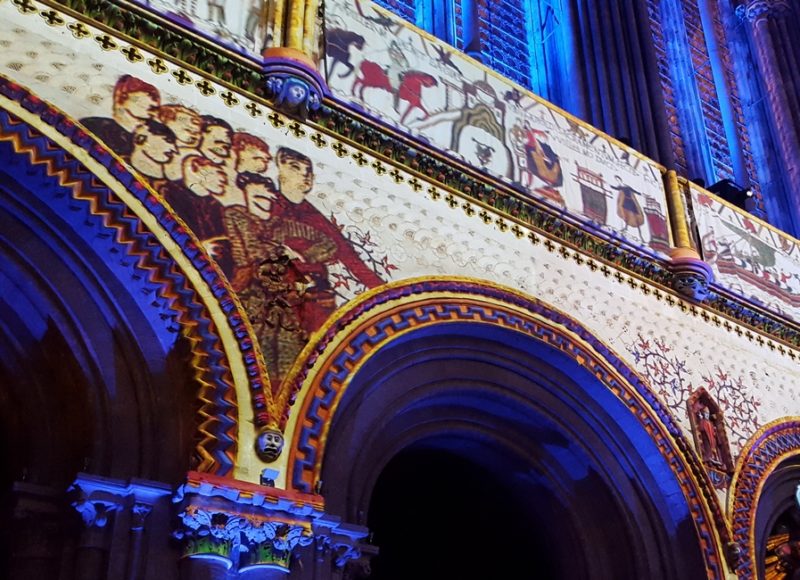
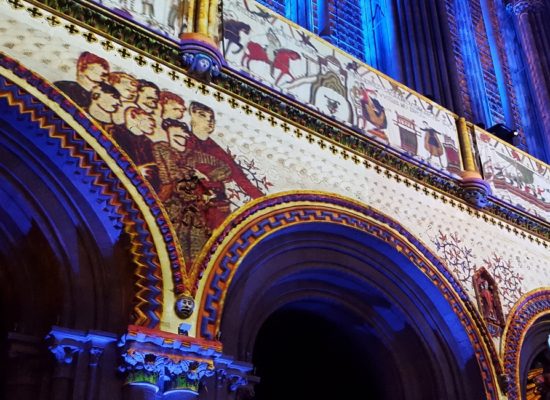
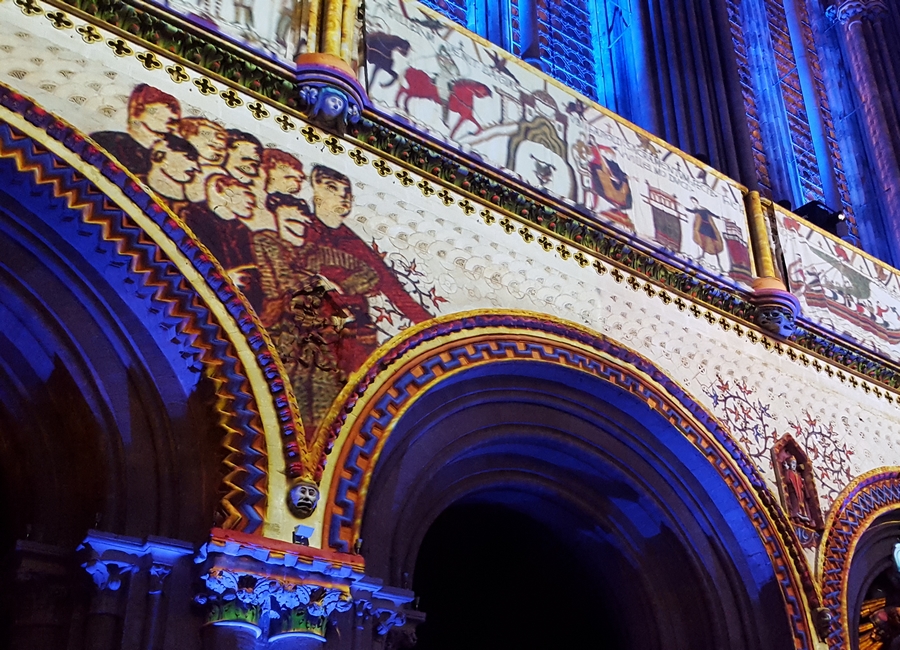
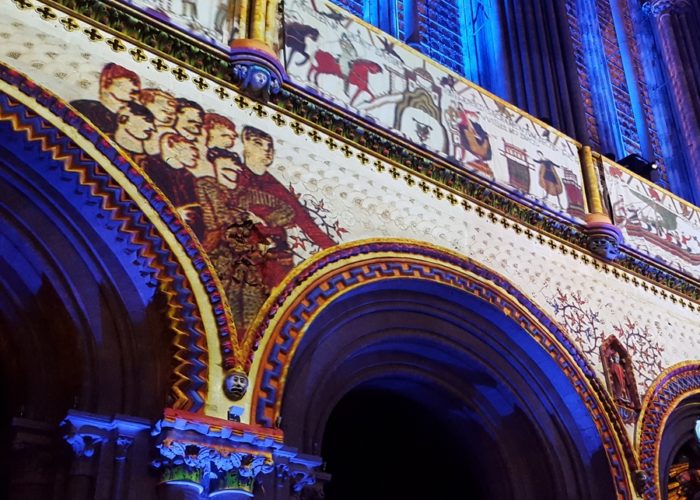
Probably commissioned by Bishop Odo - William the Conqueror’s half-brother - the Bayeux Tapestry spent several centuries in the cathedral ….
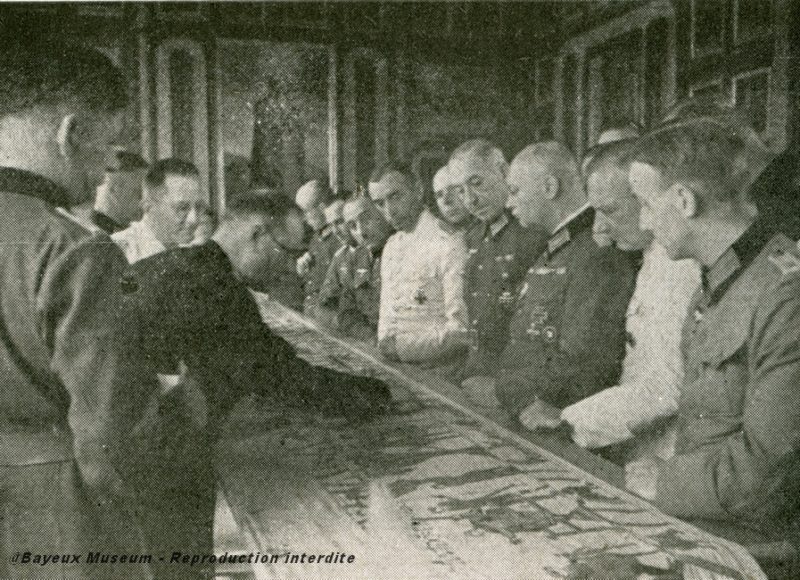
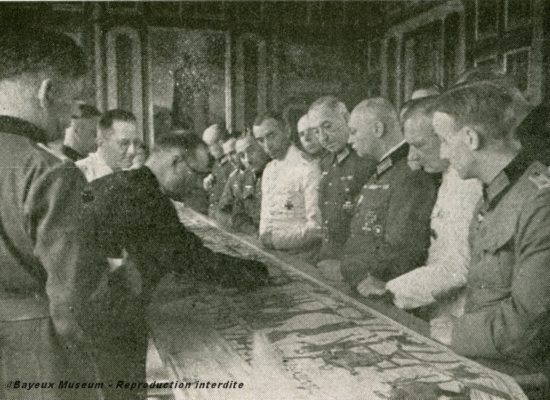
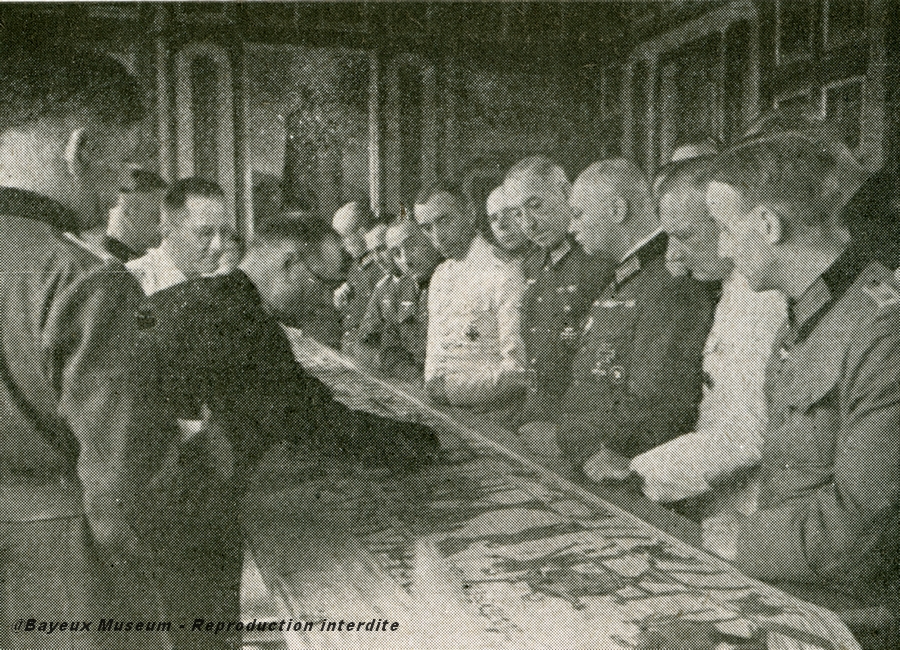
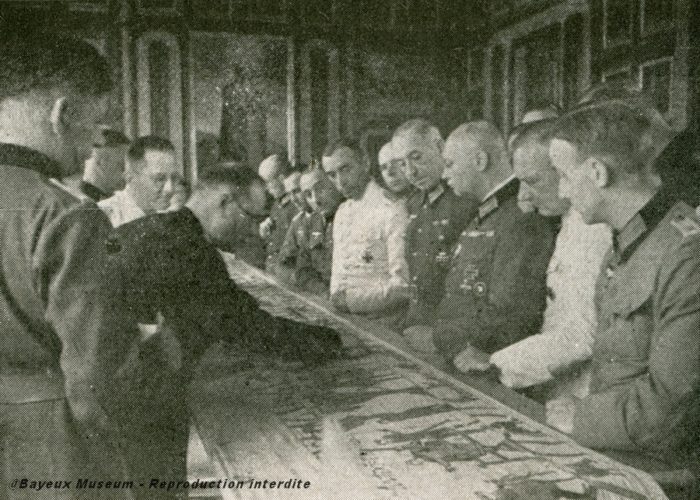
In June 1944, the German commission for the protection of works of art ordered the Tapestry to be transferred to Paris…
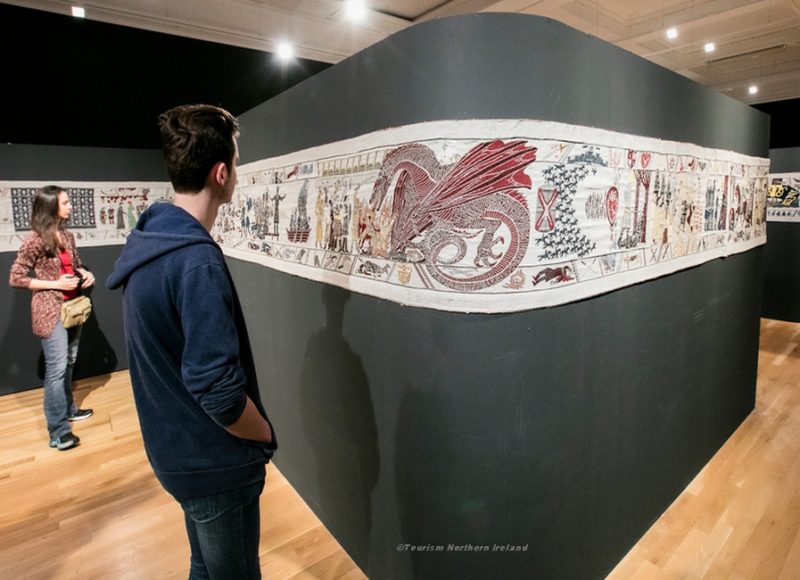
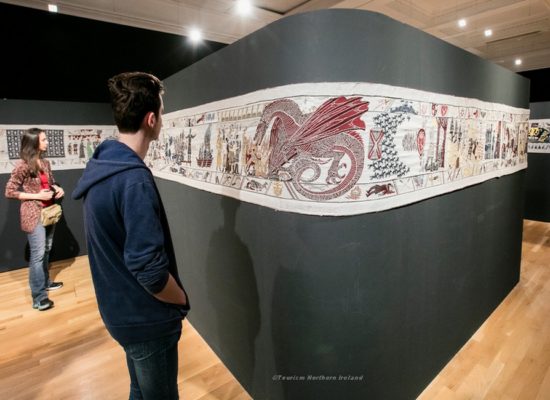
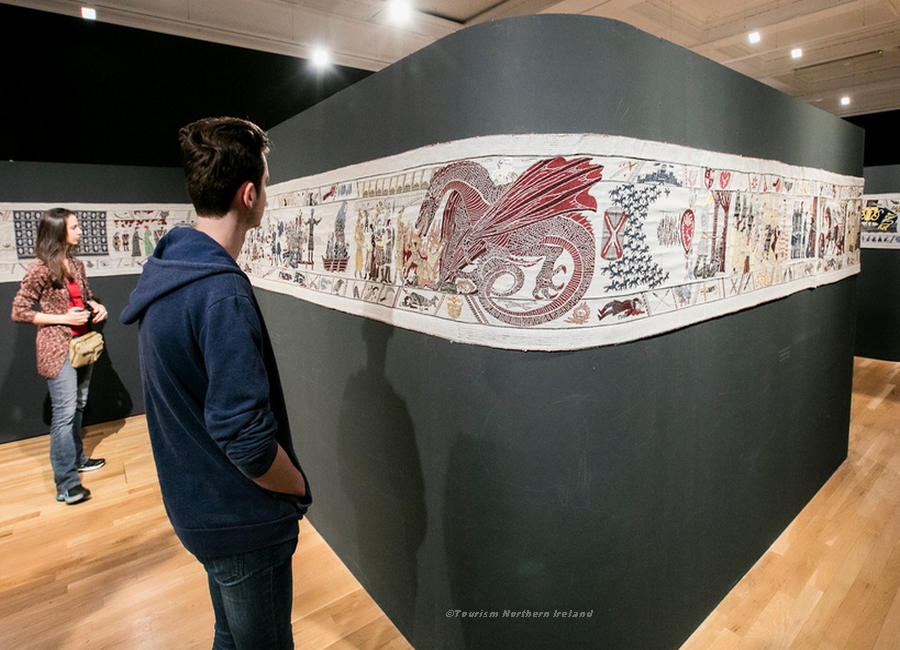
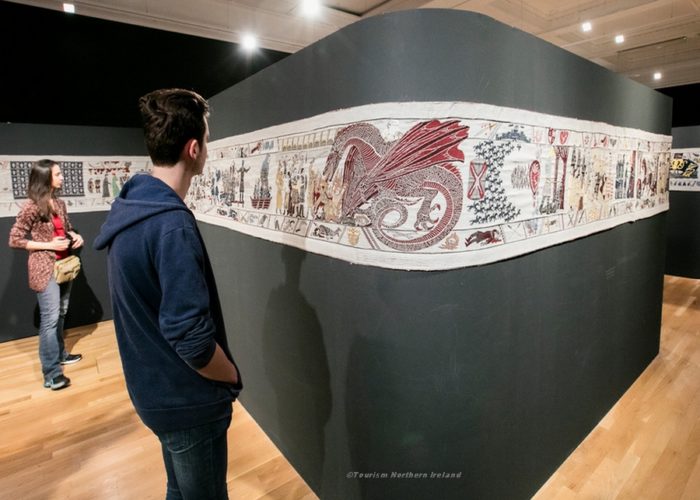
The Bayeux Tapestry is an endless source of inspiration and a source of reference with images which are so well-known that they are often used in historical, scholarly or humorous adaptations… (Picture Game of Thrones® Tapestry ©Tourism Ireland)
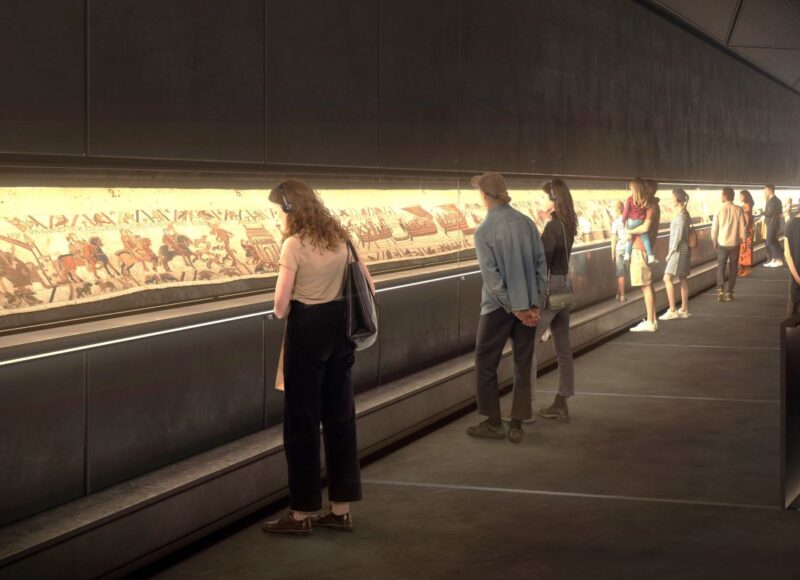
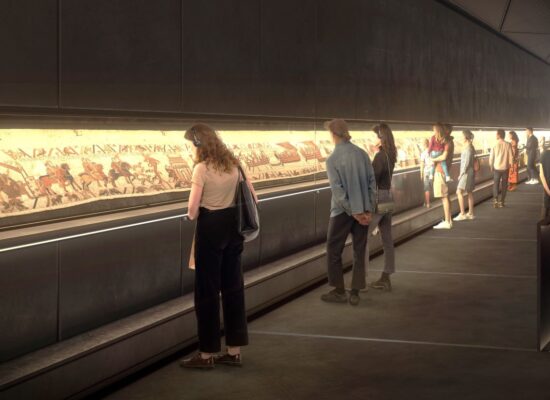
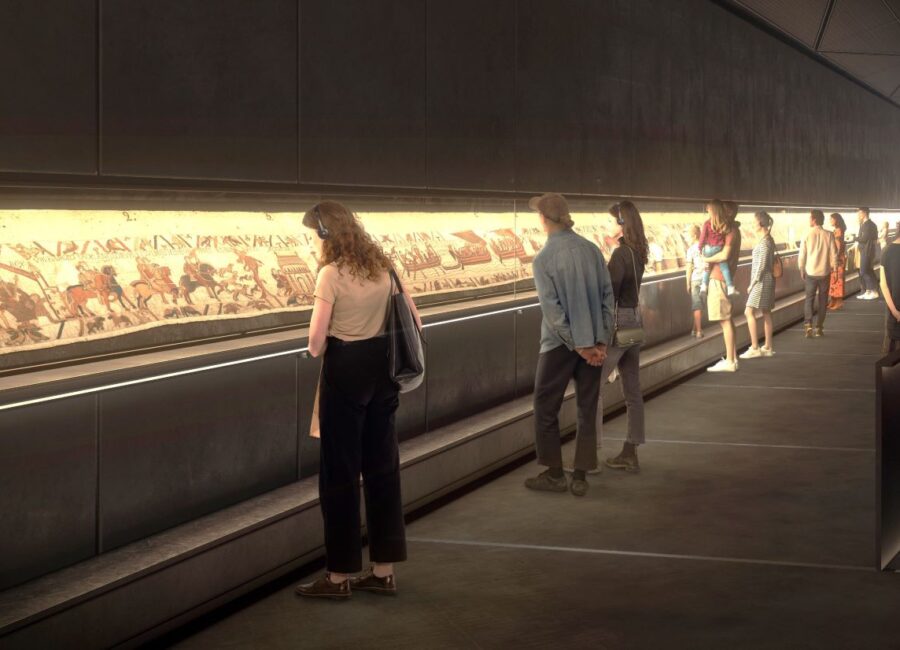
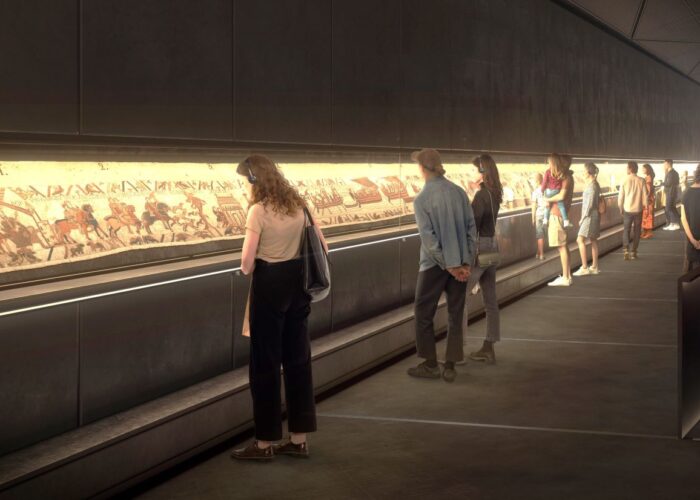
Housed in the former Seminary since 1983, the Bayeux Tapestry is now the focus of a project to create a new setting for its display to the public. This will result in improving access to the artefact itself for the 400,000 visitors who come to see it each year as well as enriching the visit